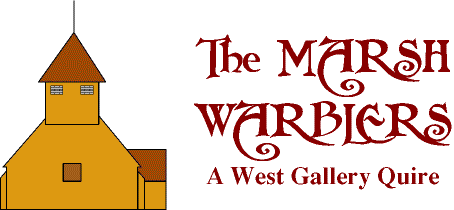
| 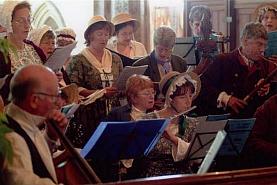
| 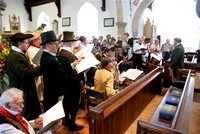
| 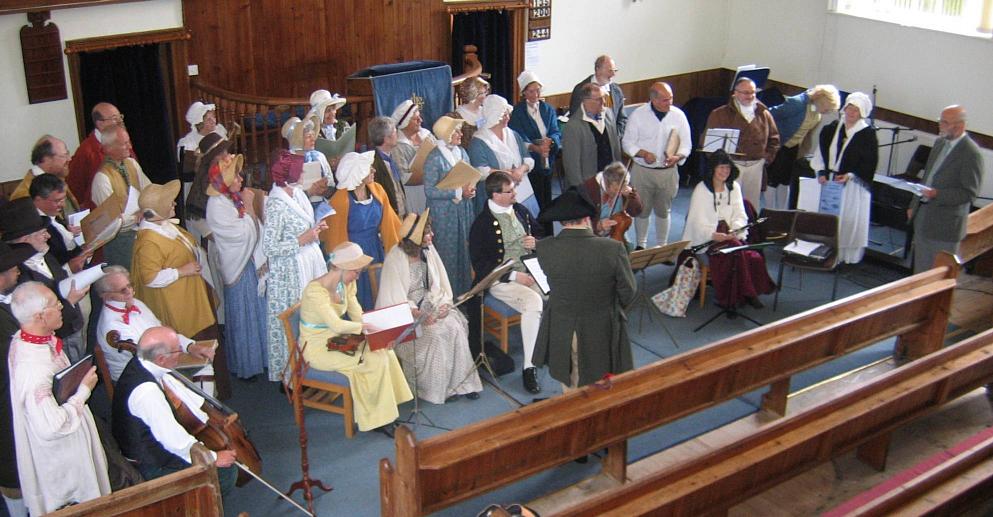
| 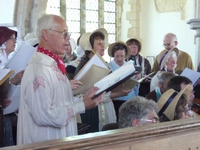
|
Home Page : Contact : Diary of Events : West Gallery Music : Composers : Recordings : Pictures : Research : Links | ||||

| 
| 
| 
| 
|
Home Page : Contact : Diary of Events : West Gallery Music : Composers : Recordings : Pictures : Research : Links | ||||
| |
|
Banns In the early 18th century, the number of young lovers marrying without their parents' permission was steadily growing and in 1753, Hardwick's Marriage Act made it a legal requirement in England and Wales that either party needed parental consent if under 21 and the marriage could only be performed after banns had been read out at church services on the three Sundays preceding the wedding and recorded in a register. This meant that even people who attended dissenting chapels had to be married in their parish church (Jews and Quakers were excepted) and it gave anyone who might disapprove an opportunity to object. If the engaged couple were from different parishes the banns had to be read in both parishes and the parson could not marry them without a certificate from the other parish priest to say the banns had been read there too. Sometimes, one party had cold feet, and disappeared before the final bann was read, or someone else may have had a good reason to stop the marriage - see below. Hardwicke’s Marriage Act also specified that wedding ceremonies were to be performed in the morning hours between 8am and 12noon. |
|
| Forbidding the Marriage At East Hoathly in Sussex, Thomas Turner, the village shopkeeper, undertaker, church warden, etc, noted in his diary that in October 1757, at the second reading of the banns of Richard Parkes and Mary Vinal, the marriage was "publicly forbid" by a young woman. When questioned later by the vicar, "The poor girl, whose name was Anne Stevenson, declared that about three years ago she had a child by him (Parkes), and he had many times promised her marriage, which she was ready to make oath of at any time ... and that he had kept her company so lately as Michaelmas last." | |
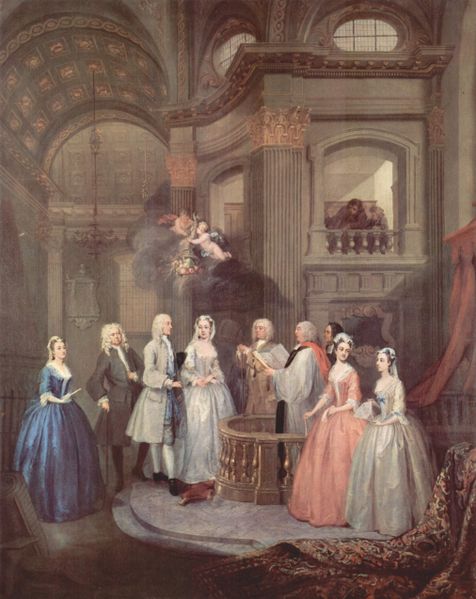
| Licences It turned out in the case of the "forbid" wedding above, that Mary Vinal was also pregnant by Parkes, so to resolve the matter, Parkes was arrested in Ringmer, where he was living, taken to Lewes, where a licence was obtained, and brought back to East Hoathly, where he was married to Mary. Thomas Turner's diary lists all the expenses incurred by the parish including the licence, £1 6s, the ring, 1s 1d, and charges for the rector's and parish clerk's services, (10s 6d and 2s 6d respectively) as well as a meal, horse hire, and the turnpike gate tolls. |
Music in the Service His wife, like a fair fertile vine | 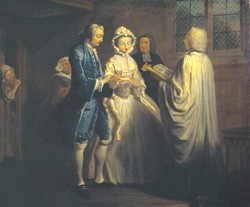
|
For this reason, it was not deemed appropriate for couples of "riper years" getting married but the choirs still felt that it should be sung. In Silverstone (pronounced Silson) in Northants, the vicar forbade the choir to sing it but, so ingrained was the tradition, they left the church after the service and sang it outside the old couple's window. | |
| Merrymaking after the wedding
The ceremony was usually followed by a wedding feast, or "wedding breakfast", the fore-runner of the reception, and after the eating and drinking came dancing. In country areas, if the local inn did not have a suitable room, a farmer's barn might have provided a suitable space for this. In many villages, it's most likely that some of the men who acompanied the church choir in the marriage service would also have played for the dancing. | |
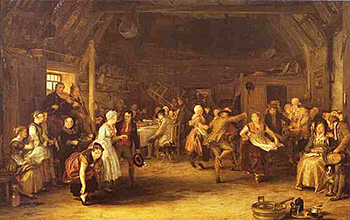
"The Penny Wedding" (1818) by Sir David Wilkie (1785-1841) | 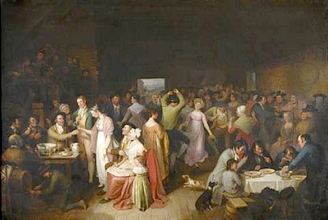
"The Penny Wedding" by the Scots painter, |
| It has always been a joke amongst country dance musicians that the dance tunes played on such occasions should be "Haste to the Wedding" followed by "Getting Upstairs". | |